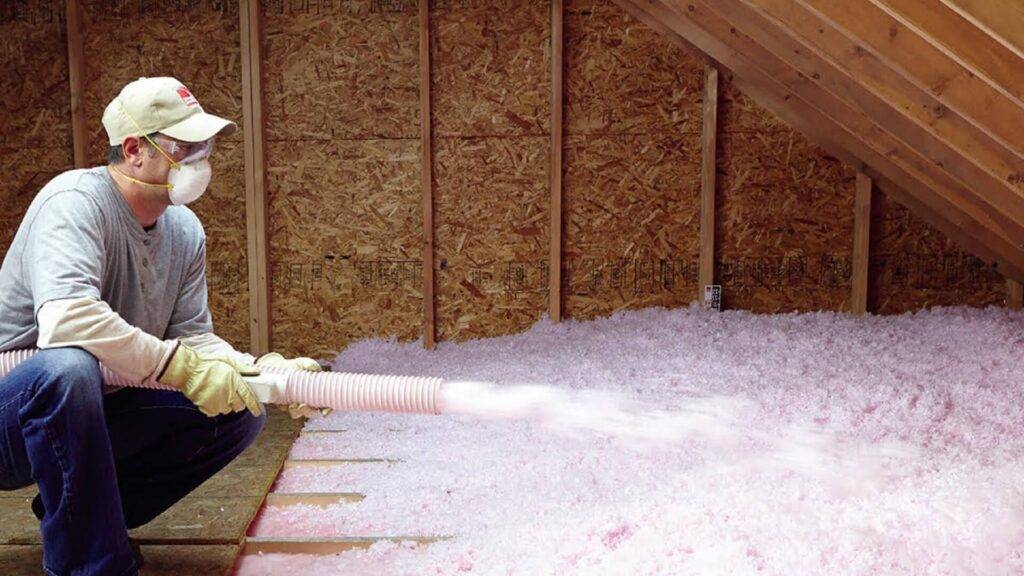
Insulation products available in the market help to improve heating, while offering cooling properties to the home. Ceiling insulation work better in cooler climates, while roof insulation work better in hotter climates. Nevertheless, some regions experience a combination of cold and hot climates.
As a result, some products have been designed taking into consideration this factor. If you take the time to shop around, you will discover a variety of products you can compare and a wide range of factors to consider when choosing. However, every insulation material has an R-value, with a higher R-value giving a better thermal performance.
· Roof insulation
Roofs are broadly categorized into two: pitched roofs and flat roofs. Therefore, apart from your personal needs, the roof type is an important factor when selecting insulation. Pitched roof insulation is recommended for new roofs, performing a loft conversion or refurbishing a roof. The insulation is often installed under and between rafters or over and between rafters depending on your preference. Spending some time shopping around will pay you handsome dividends in the long-term.
· Pitched roofing insulation
There are different kinds of pitched roof insulation, including loft insulation; pitched roof sarking; between & over rafters; between rafters; and between & under rafters. Loft insulation offers an effective method of saving energy without compromising on living space. The pitched roof sarking is recommended for major refurbishment projects or new buildings.
This airtight construction helps to eliminate problems of thermal bridging, providing efficient ‘warm-roof’ insulation over the rafters. The between & over rafters come handy in insulating pitched roofs, as headroom.
This insulation helps to create a habitable and warm roof space, without requiring tanks and water pipes to be insulated. Between rafters provide reliable long-term energy savings without the loss of internal headroom. A pitched roof, featuring a shallow rafter, is best insulated using a between & under rafter to achieve minimized additional loading to structures.
· Choice of roof insulation
It is advisable to know the minimum recommended R-value for your climate and location. It is equally important to consider the product’s total system R-value (RT) when you are considering reflective insulation. The ceiling space is an important factor to consider, including the access and existing ceiling joists. The environmental impact posed by the insulation is an important factor to consider.
Typically, you may want to know how the material is manufactured and whether the material is made from sustainable or recycled material. The health consideration takes into account how the material will impact on members of your household who may be suffering from asthma or allergies. It is equally important to determine whether the price of insulation material and costs of installation fit your budget.
